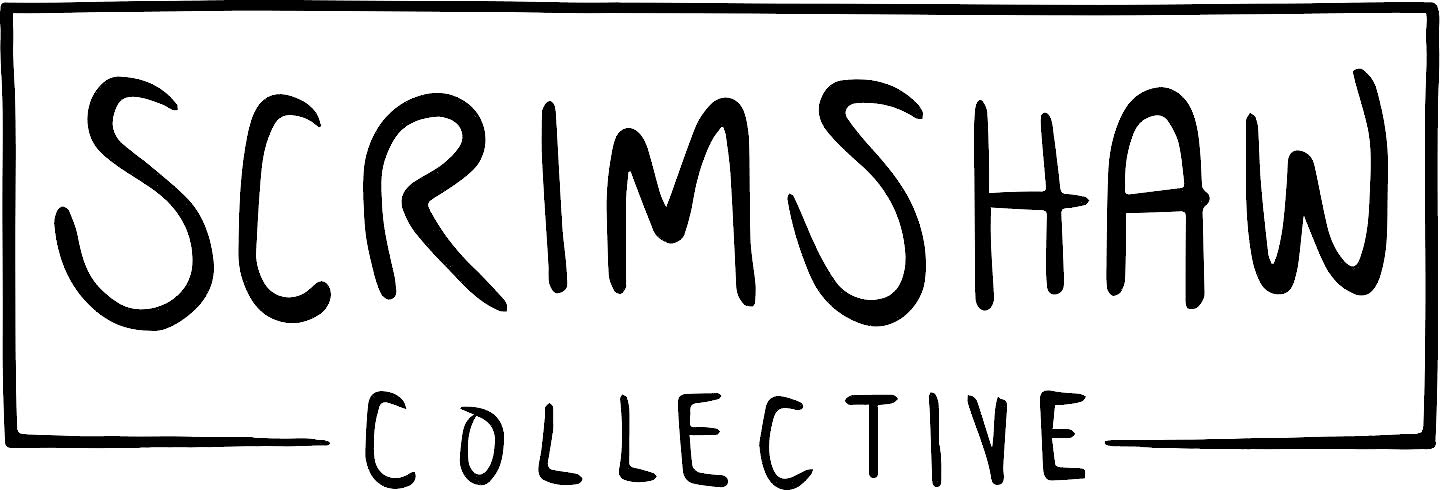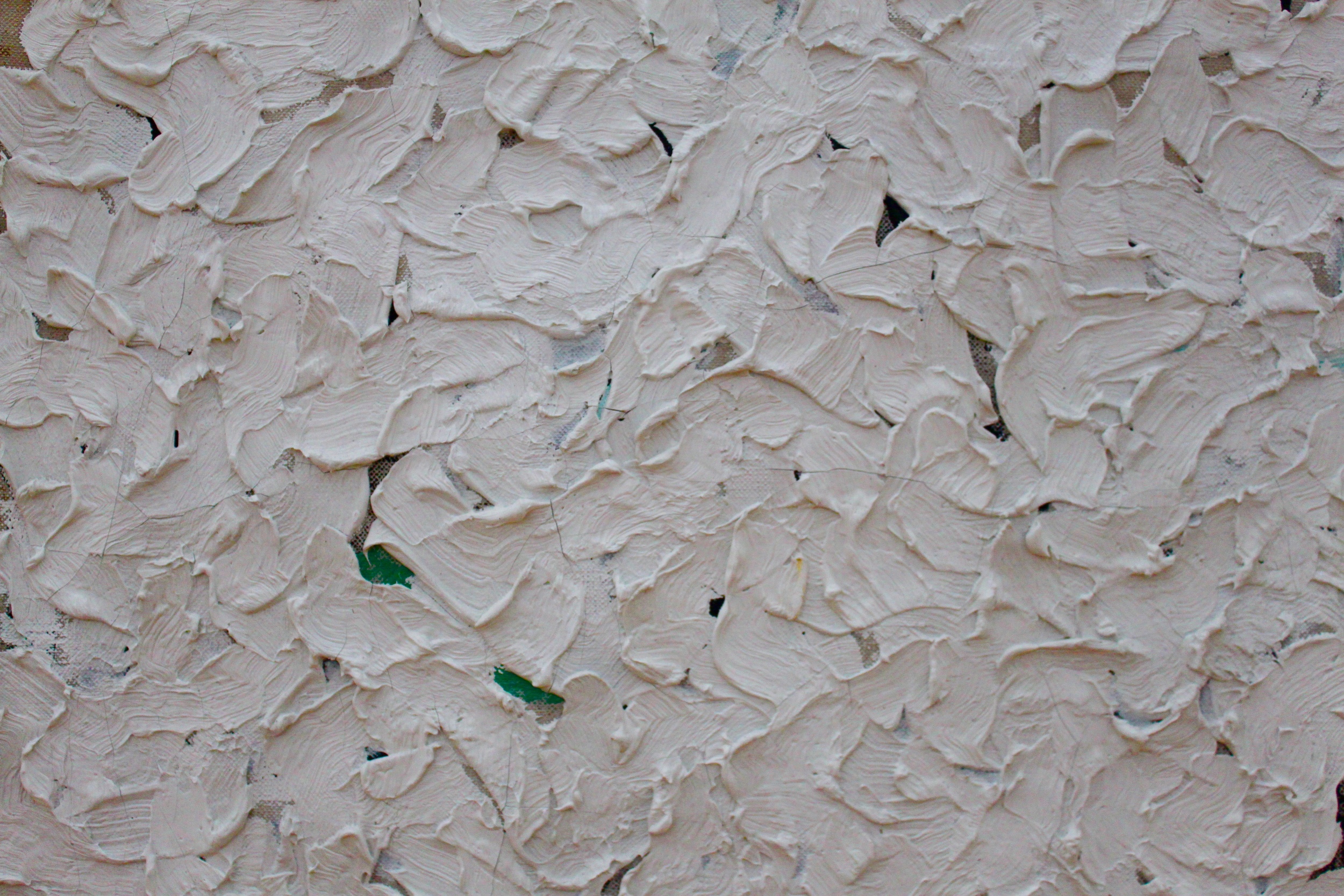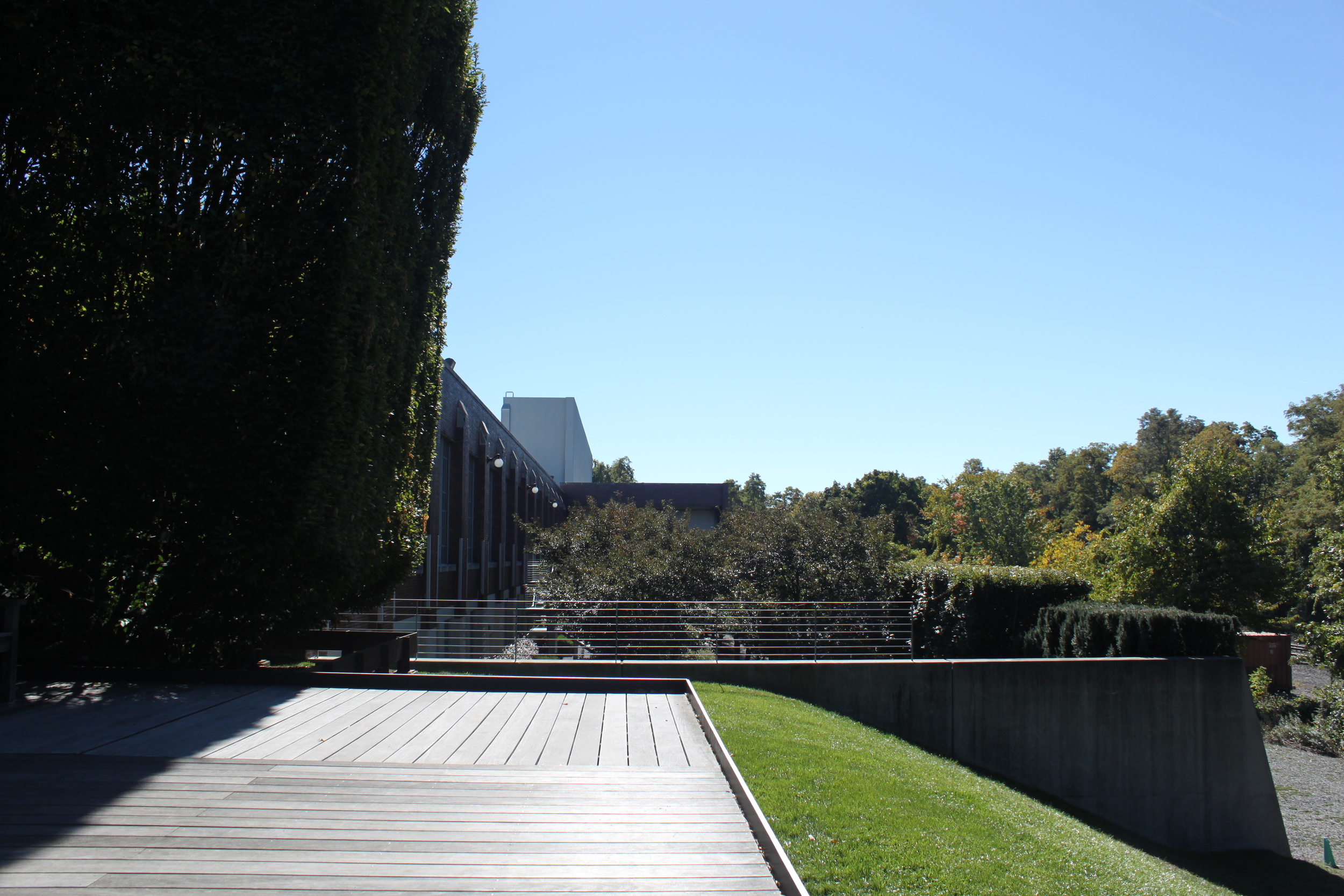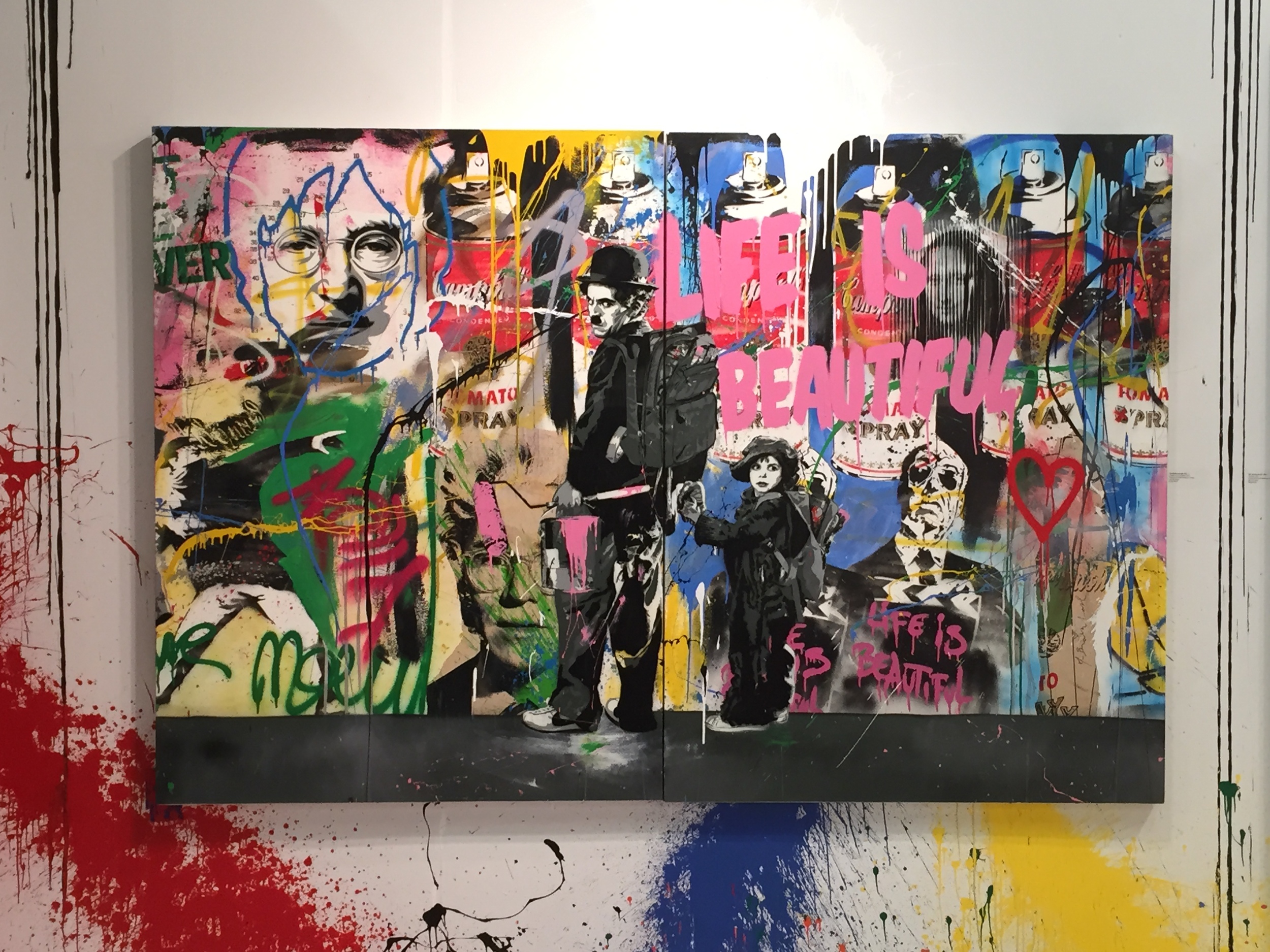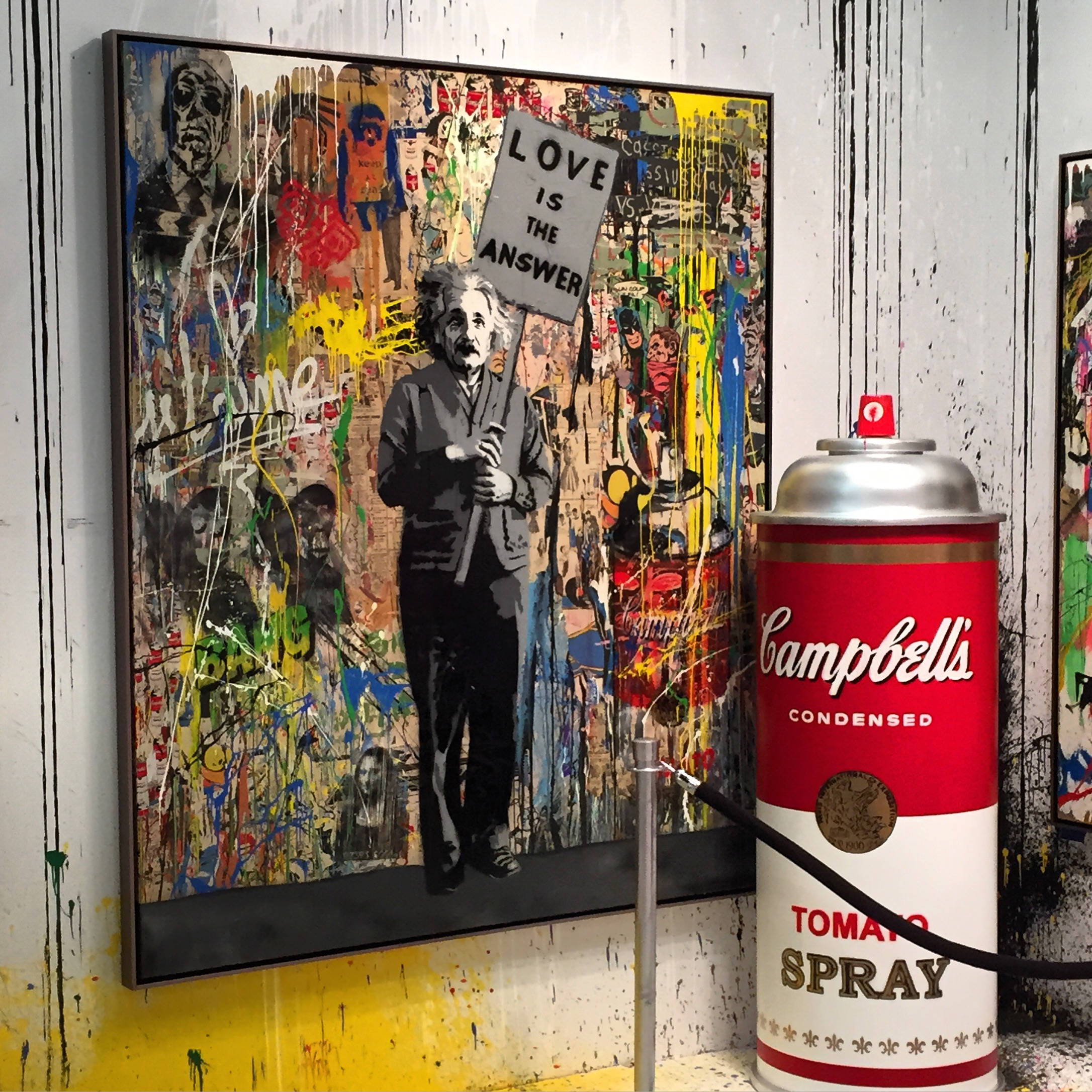Nestled up the Hudson River Valley away from the chaos of New York City, north, lies a wondrous collection of contemporary art from the 1960s to today, at Dia:Beacon, Riggio Galleries. We recently had a day in Beacon, NY, and spent our morning meandering through the Dia Arts Foundation’s world-renowned site. The museum fills nearly 300,000 square feet of a retired Nabisco box printing factory, with new interior spaces custom designed to feature the individual artists on display. Paying homage to the town’s industrial history, the revitalization of the building represents its past and the community’s vibrant artistic future. With most of the space lit solely by the massive windows, it’s hence become known as a “daylight museum.” Without the glare of harsh bulbs, the natural light instills a calmness amidst the exhibits – and we had an astoundingly sunny day. Now normally, you wouldn’t want to spend time indoors on a beautiful day, but with thousands of windows, and mainly all white walls, it was a perfect way to start the day.
Entering the museum was an experience in and of itself, walking right into Walter De Maria’s Silver Meters (1976) and Gold Meters (1976-77). The floor installations dominated the two massive lofted rooms, spanning nearly half the length of the entire building. Each piece was systematically riddled with patterns, values, and principles. This was the only exhibit where photography wasn’t permitted, so I truly advise you to get there and take these works in, wildly brilliant.
Piece by artist Sol LeWitt.
The breadth of materials used by all the artists was incredible. All different types of painting, on wood, cardboard, canvas, metal, you name it! Some installations were large enough to fill a single room, whereas more expansive areas highlighted entire series of sculptures. There was dirt on display, towering stacks of felt, and gaping pits in floor. A turn of the corner brought you face-to-face with a giant stone, looming over his wing of the museum, silently pronouncing his presence. Michael Heizer’s Negative Megalith (1998) was a really fascinating piece, simple but resonating. Robert Ryman used white on white, to explore the range of texture, focusing more on how to paint versus what. John Chamberlain redesigned scrapped old cars, and created a graveyard, with the twisted steel sculptures representing headstones in an open room. Dan Flavin has an incredible series of fluorescent lights lining the eastern edge of the museum. Robert Smithson’s Leaning Mirror (1969), was just as it sounds - a mirror, wedged into a huge pile of dirt; a pretty bad ass piece. Plus the exterior landscaping and gardens were designed, featuring work by Robert Irwin.
The artist Sol LeWitt somewhat represented a youthful yet sophisticated presence throughout his galleries. LeWitt created floor to ceiling wall drawings by intricately pairing graphite lines and curves across entire rooms. It took me back to Harold and the Purple Crayon, except there was some serious method to this beast. LeWitt featured shapes, lines, curves, and said he regarded his works as “musical scores.” Take these rooms in by standing in the very middle of the space, do a slow panoramic style 360, but then get within inches of the wall, and see the detail in his illustrations!
Part of the Times of the Day I–VI (1974–76) series by artist Blinky Palermo.
Scrimshaw can’t recommend visiting the Dia:Beacon enough! Plan a quick weekend trip (or take some pointers from our day trip to Beacon), and experience some high-quality creativity! Get inspired, learn something new, and don’t fall into the pile of glass shards. The Dia:Beacon is open throughout all the seasons, but closed on Tuesdays and Wednesdays year-round. Check out their website for visitor information.
